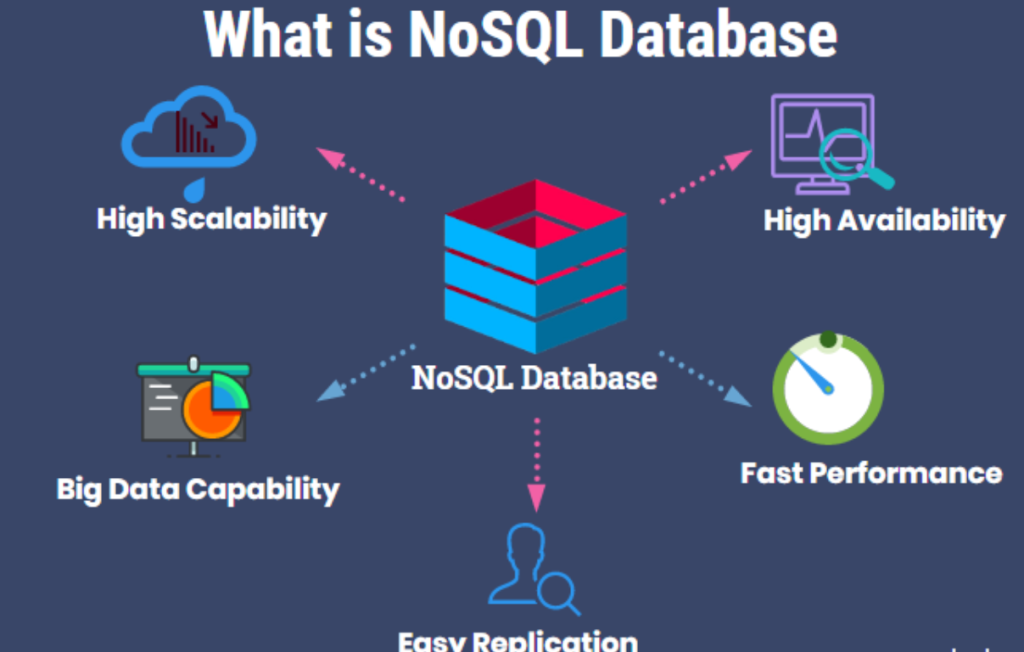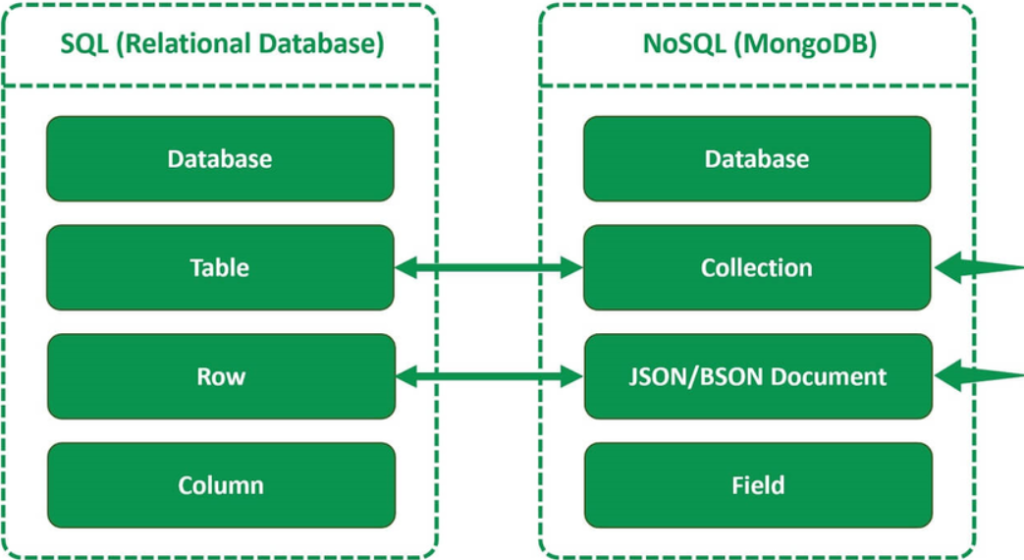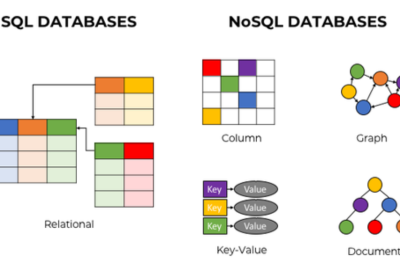
What is a NoSQL Database?
NoSQL (Not Only SQL) databases are designed to store, retrieve, and manage a wide variety of data models, including structured, semi-structured, and unstructured data. They provide an alternative to traditional relational databases, focusing on flexibility, scalability, and performance. NoSQL databases are particularly well-suited for big data applications and real-time web applications.
Key Characteristics of NoSQL Databases:
- Schema Flexibility: NoSQL databases do not require a fixed schema, allowing for the storage of dynamic, varied data structures.
- Scalability: They are designed to scale out horizontally, distributing data across many servers.
- High Performance: Optimized for high read/write throughput and low latency.
- Variety of Data Models: Includes document, key-value, column-family, and graph models.
- Distributed Architecture: Data is distributed across multiple nodes, enhancing availability and fault tolerance.

Types of NoSQL Databases and How They Work:
- Document-oriented Databases:
- Data Model: Stores data in JSON, BSON, or XML documents.
- Example: MongoDB, CouchDB.
- How It Works: Each document is a self-contained unit of data, making it easy to store nested structures and different data types. Queries are performed using document-specific query languages.
- Key-Value Stores:
- Data Model: Uses a simple key-value pair for data storage.
- Example: Redis, Riak.
- How It Works: Data is accessed using a unique key. It is highly efficient for simple queries and fast lookups.
- Column-family Stores:
- Data Model: Stores data in columns rather than rows, grouped into families.
- Example: Apache Cassandra, HBase.
- How It Works: Data is organized into columns and column families, which can be distributed across multiple nodes. This model is efficient for large-scale data aggregation and retrieval.
- Graph Databases:
- Data Model: Uses graph structures with nodes, edges, and properties to represent data.
- Example: Neo4j, Amazon Neptune.
- How It Works: Data is stored as nodes (entities) and edges (relationships). This model is ideal for applications that involve complex relationships and networks.
How NoSQL Databases Work:
Data Storage:
- Data is stored in a manner that is optimized for the specific use case of the database (e.g., documents, key-value pairs, columns, or graphs).
- Unlike relational databases, NoSQL databases do not enforce a rigid schema, allowing for flexible and dynamic data structures.
Data Distribution:
- NoSQL databases are designed to distribute data across multiple nodes and data centers. This is often achieved through sharding (partitioning data into smaller, manageable pieces) and replication (copying data across nodes for redundancy and high availability).
Querying Data:
- NoSQL databases use a variety of query languages and APIs tailored to their data models. For example, MongoDB uses a query language similar to JSON, while Cassandra uses CQL (Cassandra Query Language) which is similar to SQL.
Consistency Models:
- Many NoSQL databases offer different consistency models to balance performance and reliability, such as eventual consistency, strong consistency, and tunable consistency levels.
Transaction Support:
- Some NoSQL databases support transactions, though typically in a more limited form than relational databases. This can involve multi-document transactions or atomic operations within a single document or entity.
Use Cases for NoSQL Databases:
- Big Data Applications: Handling large volumes of data with high velocity and variety.
- Real-time Web Applications: Social media, online gaming, real-time analytics.
- Content Management Systems: Storing and managing varied content types.
- IoT Applications: Managing and analyzing data from a large number of devices.
- Recommendation Engines: Leveraging graph databases to manage and query complex relationships.
Difference between SQL and NOSQL

Here is a detailed comparison table highlighting the differences between SQL (relational) and NoSQL databases:

| Feature | SQL Databases | NoSQL Databases |
|---|---|---|
| Data Model | Relational (tables with rows and columns) | Non-relational (document, key-value, column-family, graph) |
| Schema | Fixed schema; predefined structure | Dynamic schema; flexible structure |
| Scalability | Vertical scalability (scaling up) | Horizontal scalability (scaling out) |
| Query Language | Structured Query Language (SQL) | Varies by database type (e.g., JSON queries, CQL, SPARQL) |
| Transactions | ACID (Atomicity, Consistency, Isolation, Durability) | Eventual consistency, BASE (Basically Available, Soft state, Eventually consistent); some support ACID |
| Examples | MySQL, PostgreSQL, Oracle Database, Microsoft SQL Server | MongoDB, Cassandra, Redis, Couchbase, Neo4j |
| Use Cases | Complex queries, transactions, and multi-row operations | Big data, real-time analytics, content management, IoT |
| Consistency Model | Strong consistency | Eventual consistency, tunable consistency |
| Joins | Supports complex joins | Limited or no support for joins |
| Normalization | Data is normalized to reduce redundancy | Data is often denormalized for read efficiency |
| Storage | Rows and columns | Documents, key-value pairs, wide-columns, graphs |
| Flexibility | Less flexible due to rigid schema | Highly flexible due to schema-less design |
| Performance | Generally slower for large-scale reads and writes | Optimized for large-scale reads and writes |
| Cost | Can be costlier to scale due to the need for powerful hardware | More cost-effective scaling with commodity hardware |
| Development Speed | Slower development due to schema design and migrations | Faster development cycle due to flexible schema |
| Data Integrity | High data integrity with strong validation and constraints | May require application-level validation and integrity checks |
| Backup and Restore | Mature tools and processes for backup and restore | Tools available but can vary widely in maturity and features |
| Community and Support | Large, well-established communities with extensive documentation | Growing communities, varied by specific database technology |
